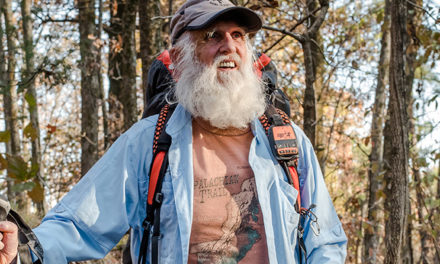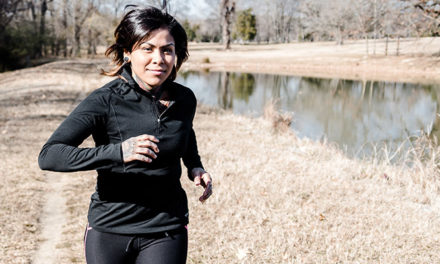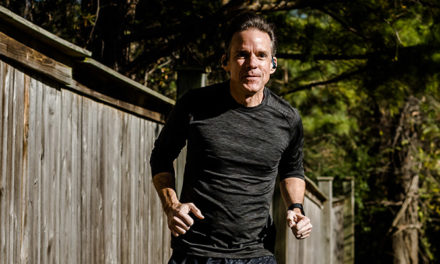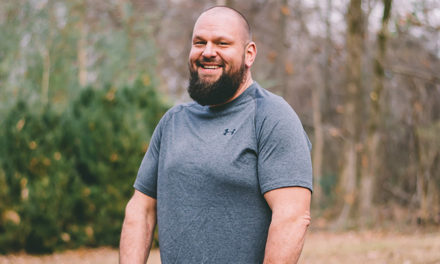In the highest gear my rental bike could reach, I work to keep my posture strong and pedal strokes smooth as I fight my way uphill. Quads screaming, I gradually gain altitude on a road known for its elevation and grandeur. I take note of my thoughts in a constant battle from pain to gratitude and back to pain. Can I push myself to the next scenic overlook? Ow, it hurts. Stop complaining, look at these views! How did that woman just pass me? I need to keep going. I can’t. I can. I can’t. I will.
Cycling up Going-to-the-Sun Road in Glacier National Park was not something that my husband, Clark, and I got into shape for or planned ahead of time. The only “bike” I’d ridden in the last five years was my Peloton that goes nowhere. Once we learned there were still rentals available over Memorial Day weekend, we decided to go for it.
Sure, we had the option of renting electric bikes that would provide motorized assistance uphill, but we opted for sweat and hard work instead. We figured we should earn the huckleberry beers we ultimately decided were worth the added weight in our backpack.
Going-to-the-Sun Road is one of the most scenic highways in America. Snaking its way from the east side of the park to the west, it’s the only road that traverses through Glacier National Park. Hugging the mountainside the entire way, it’s 50 miles of steep cliffs, beautiful valleys, cascading waterfalls, and if you’re lucky, wildlife sightings.
As snow plows and repair crews work toward clearing the road to the highest point in the park, Logan Pass (6,646 feet), the finished portion is open exclusively to hikers and cyclists for just a few short weeks each year.
We spent the first four miles taking in the scent of cedar forests and the rushing sound of McDonald Creek as we enjoyed a leisurely 200-foot climb in elevation.
The gentle incline gave way to a steeper climb that required continuous pedaling and encouraging words from those enjoying their well-earned cruise down.
At Mile 7, we encountered a tunnel carved through the side of the mountain. It featured several stone archways with picture-window views of Livingston Range. When I saw melting snow flowing over the edge of an archway, I parked my bike and stood under the ice-cold waterfall.
There is nothing quite like a freezing shower to make a person feel alive on the side of a mountain toward the end of an uphill climb. It takes an intense focus on breath control and a little bit of lunacy to stay under a snowmelt waterfall for more than a few seconds. As someone who waterskis in the winter and never passes up an opportunity to jump into a glacial lake, pushing myself to stay until I’m able to regain control of my breath brings me to an ultimate state of awareness. It’s my own personal form of mindfulness meditation and it’s not for the faint of heart.
One more mile up the road, we finally reached “the loop,” which is the turning point for most hikers and cyclists making the trek. There we shared a beer and a huckleberry bear claw, a celebrated treat offered only at Polebridge Mercantile, a remote and historic little bakery located just outside the park’s boundary.
It took a little coaxing, but I convinced Clark to join me for another couple of miles. On those last two miles, we maneuvered around several piles of bear scat, a reminder that we were, indeed, sharing the road.
After 10 miles, we decided to turn around and ride our brakes down, paying kindness forward with words of encouragement to those just beginning their climb.
I always tell people that I might not have been born if it hadn’t been for Glacier National Park. My mom and dad met in the ‘70s while working in the park. I grew up camping and hiking in those mountains, and my first bike ride up Going-to-the-Sun Road further strengthened the bond I have with that majestic place, affectionately known as the “Crown of the Continent.”
By Kelsey J. Lawrence
Photos by Clark and Kelsey J. Lawrence







